Introduction
In the realm of women’s fashion, allure and elegance intertwine to create a tapestry of expression and identity. From the dawn of civilization to the modern era, the evolution of women’s fashion has been a captivating journey, reflecting societal norms, cultural influences, and individual style preferences. Today, we delve into the intricate world of women’s fashion, uncovering its secrets and exploring the transformative power it holds.
The Evolution of Women’s Fashion
Throughout history, women’s fashion has undergone a metamorphosis, evolving with the changing tides of culture and society. From the elaborate garments of ancient civilizations to the sleek silhouettes of the modern era, fashion has served as a mirror reflecting the values and aspirations of each era.
In ancient times, clothing was not merely a means of covering the body but a symbol of status and identity. In civilizations such as ancient Egypt and Mesopotamia, intricate garments adorned with jewels and precious metals were reserved for royalty and the elite, showcasing wealth and power.
As the centuries passed, fashion underwent dramatic transformations, influenced by factors such as industrialization, globalization, and social movements. The Victorian era brought forth elaborate corsets and voluminous skirts, epitomizing modesty and femininity. In the 1920s, the flapper revolutionized fashion with its daring hemlines and bold accessories, symbolizing freedom and rebellion against societal norms.
Current Trends in Women’s Fashion
In the digital age, the landscape of women’s fashion has been reshaped by the rise of social media and the influence of celebrities and influencers. Trends emerge and evolve at a rapid pace, propelled by the constant stream of images and inspiration flooding our feeds.
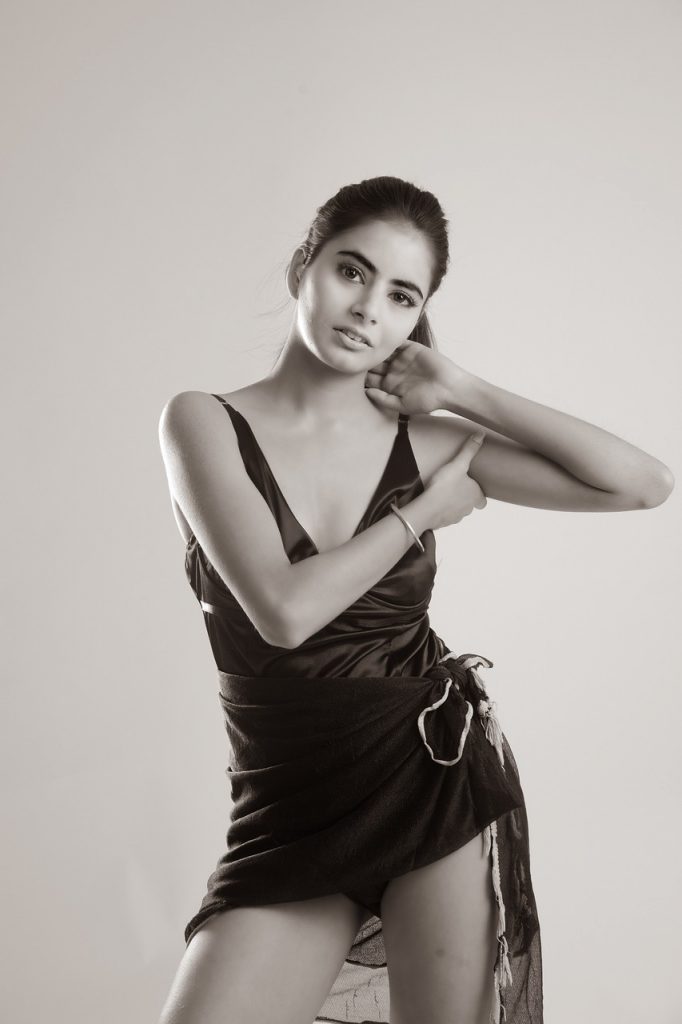
Today, women’s fashion is characterized by a blend of nostalgia and innovation, with trends ranging from nostalgic nods to past decades to futuristic silhouettes and avant-garde designs. Athleisure wear has become a ubiquitous trend, blurring the lines between activewear and everyday attire, while sustainability has emerged as a driving force shaping consumer preferences.
Key Elements of Women’s Fashion
At the heart of women’s fashion lies a myriad of elements that come together to create a cohesive and stylish look. Accessories play a pivotal role in elevating an outfit, whether it’s a statement necklace that adds a touch of glamour or a sleek handbag that exudes sophistication.
Colors, patterns, and fabrics also play a crucial role in fashion, allowing individuals to express their personality and mood through their clothing choices. From vibrant hues that command attention to delicate prints that evoke a sense of whimsy, the possibilities are endless.
Dressing for Different Occasions
One of the hallmarks of impeccable style is the ability to dress appropriately for any occasion. Whether it’s a formal event, a casual outing, or a day at the office, knowing how to tailor your attire to suit the setting is essential.
For formal events, opt for elegant dresses or tailored suits in classic silhouettes and neutral colors. For a casual day out, embrace relaxed yet chic ensembles featuring comfortable fabrics and versatile separates. And for the workplace, strike a balance between professionalism and personality, choosing polished pieces that exude confidence and competence.
Body Positivity and Fashion
In recent years, there has been a growing emphasis on body positivity and inclusivity in the fashion industry. Gone are the days of narrow beauty standards and one-size-fits-all approach to fashion. Today, women of all shapes, sizes, and backgrounds are celebrated for their unique beauty and individuality.
Fashion has become a tool for empowerment, allowing women to embrace their bodies and celebrate their curves. From body-positive campaigns to inclusive sizing options, the fashion industry is slowly but surely becoming more reflective of the diverse range of bodies that exist in the world.
Investment Pieces vs. Trendy Items
When it comes to building a wardrobe, striking the right balance between investment pieces and trendy items is key. Investment pieces are timeless staples that withstand the test of time, such as a well-tailored blazer or a classic trench coat.
On the other hand, trendy items add a dose of excitement and personality to your wardrobe, allowing you to experiment with the latest styles and trends. However, it’s important to approach trend-driven pieces with caution, as they may fall out of favor as quickly as they came into fashion.
Fashion on a Budget
Contrary to popular belief, you don’t need a bottomless bank account to dress fashionably. With a bit of creativity and savvy shopping skills, you can build a stylish wardrobe on a budget.
One strategy is to prioritize quality over quantity, investing in well-made pieces that will stand the test of time. Another tip is to take advantage of sales, discounts, and second-hand shopping to score designer duds at a fraction of the price. By being strategic and discerning in your shopping habits, you can look like a million bucks without breaking the bank.
The Influence of Fashion Icons
Throughout history, there have been iconic women who have left an indelible mark on the world of fashion. From Audrey Hepburn’s timeless elegance to Rihanna’s boundary-pushing style, these fashion icons have inspired generations with their sartorial choices and fearless approach to fashion.
Today, social media has democratized the fashion landscape, allowing aspiring fashionistas to gain a following and make a name for themselves in the industry. Influencers such as Chiara Ferragni and Aimee Song have leveraged their platforms to become household names, shaping trends and influencing consumer behavior with their curated content.
The Intersection of Fashion and Culture
Fashion is more than just clothing—it’s a reflection of culture, identity, and heritage. From traditional textiles to contemporary designs, the fashion landscape is rich and diverse, drawing inspiration from a myriad of cultural influences.
However, it’s important to approach cultural appropriation with sensitivity and respect, recognizing the significance of certain symbols and motifs to specific communities. By celebrating diversity and embracing multiculturalism, fashion has the power to unite people from all walks of life and bridge the gap between different cultures.
Sustainable Fashion Practices
As the fashion industry grapples with its environmental footprint, there has been a growing movement towards sustainable and eco-friendly practices. From organic fabrics to ethical manufacturing processes, sustainable fashion seeks to minimize harm to the planet and promote social responsibility.
Consumers are increasingly demanding transparency and accountability from fashion brands, prompting companies to adopt more sustainable practices and embrace circularity. From upcycling old garments to using recycled materials, the possibilities for sustainable fashion are endless, offering a glimpse into a more environmentally conscious future.
Fashion Forward: Breaking Gender Norms
In recent years, there has been a shift towards gender-neutral fashion, challenging traditional notions of masculinity and femininity. From gender-fluid clothing lines to unisex fragrances, fashion has become a vehicle for self-expression and identity exploration.
By breaking down gender norms and stereotypes, fashion empowers individuals to express themselves authentically and embrace their true selves. Whether it’s a man in a skirt or a woman in a tailored suit, fashion knows no bounds, transcending gender and defying societal expectations.
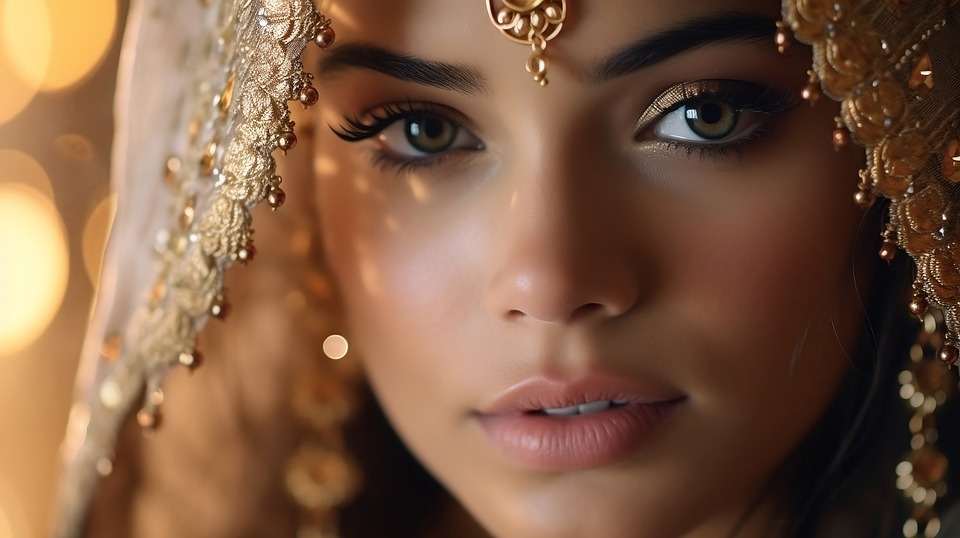
The Psychology of Fashion
The psychology of fashion is a fascinating field that explores the intricate relationship between clothing and human behavior. From the way we dress to the colors we choose, fashion can have a profound impact on our mood, confidence, and self-perception.
Studies have shown that clothing can affect not only how others perceive us but also how we perceive ourselves. The phenomenon known as “enclothed cognition” suggests that the clothes we wear can influence our cognitive processes and behavior, shaping our confidence and performance in various situations.
The Future of Women’s Fashion
As we gaze into the crystal ball of fashion, the future appears bright and full of possibilities. With advancements in technology and a growing emphasis on sustainability, the fashion industry is poised for transformation.
From virtual fashion shows to 3D-printed garments, technology is revolutionizing the way we create, consume, and interact with fashion. Meanwhile, the rise of conscious consumerism is driving demand for ethical and eco-friendly alternatives, paving the way for a more sustainable and inclusive fashion ecosystem.
Conclusion
In the ever-evolving world of women’s fashion, one thing remains constant: the transformative power of self-expression and creativity. From the runways of Paris to the streets of Tokyo, fashion continues to inspire, captivate, and empower women around the globe. As we navigate the twists and turns of fashion’s journey, let us embrace the beauty of diversity, celebrate the artistry of design, and dare to express ourselves boldly and unapologetically through our clothing choices.
FAQs
- What are some timeless wardrobe staples every woman should own?
- Classic pieces like a tailored blazer, white button-down shirt, and little black dress are essential wardrobe staples that never go out of style.
- How can I stay on top of the latest fashion trends without breaking the bank?
- Keep an eye out for sales, discounts, and second-hand shopping opportunities to score trendy pieces at affordable prices. Additionally, following fashion influencers and staying active on social media can help you stay informed about the latest trends and styles.
- What are some sustainable fashion brands I can support?
- There are many sustainable fashion brands committed to ethical practices and environmental stewardship. Some popular options include Stella McCartney, Reformation, and Everlane.
- How can I dress appropriately for a job interview?
- For a job interview, opt for professional attire such as a tailored suit or dress paired with closed-toe shoes and minimal accessories. Avoid overly trendy or revealing clothing, and make sure your outfit is clean, pressed, and well-fitted.
- What role does fashion play in shaping cultural identity?
- Fashion serves as a reflection of cultural identity, expressing traditions, values, and heritage through clothing and adornment. By embracing cultural diversity and celebrating multiculturalism, fashion has the power to unite people from different backgrounds and foster understanding and appreciation for diverse cultures.
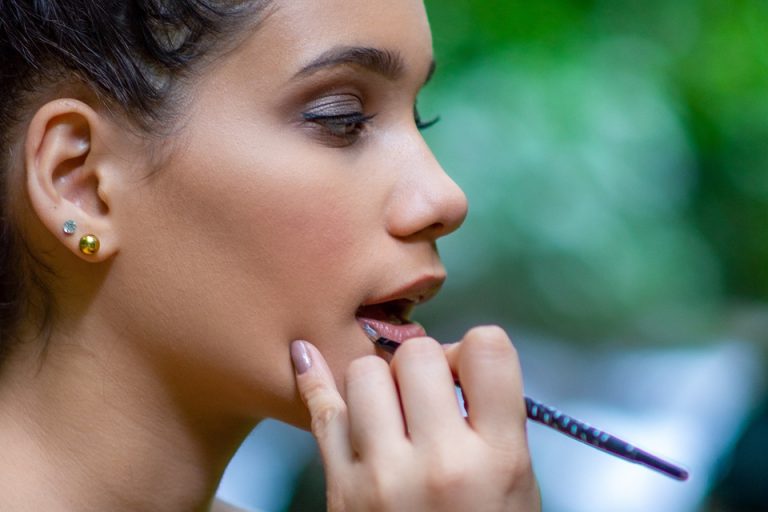
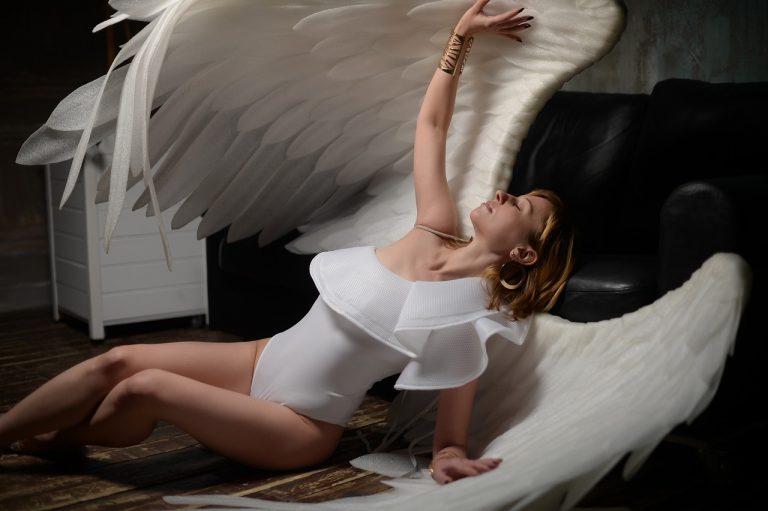
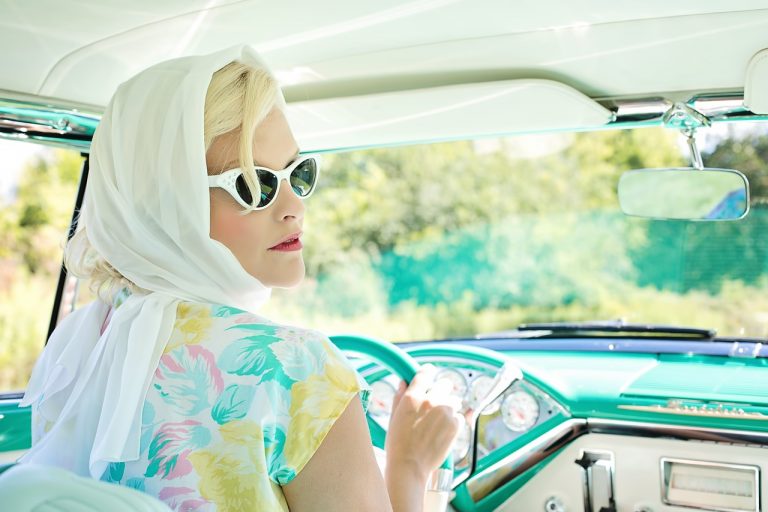

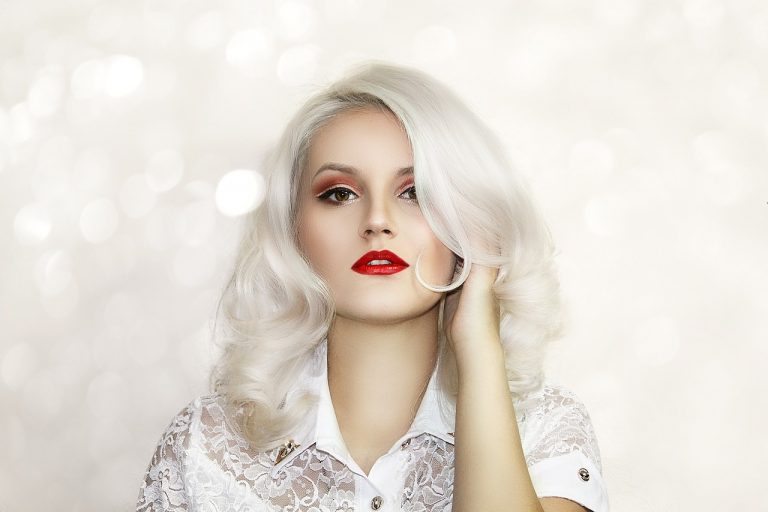


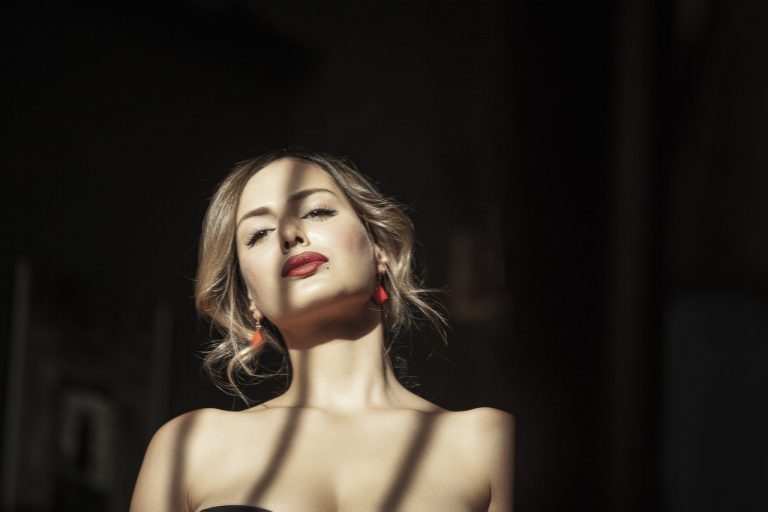

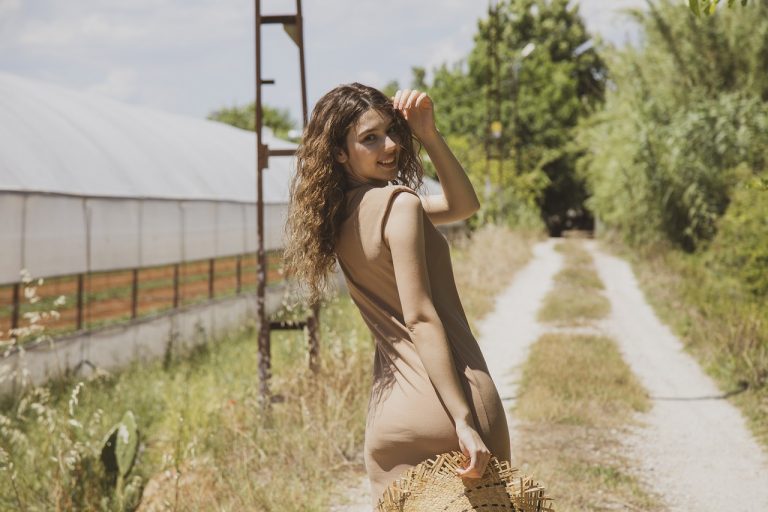
+ There are no comments
Add yours